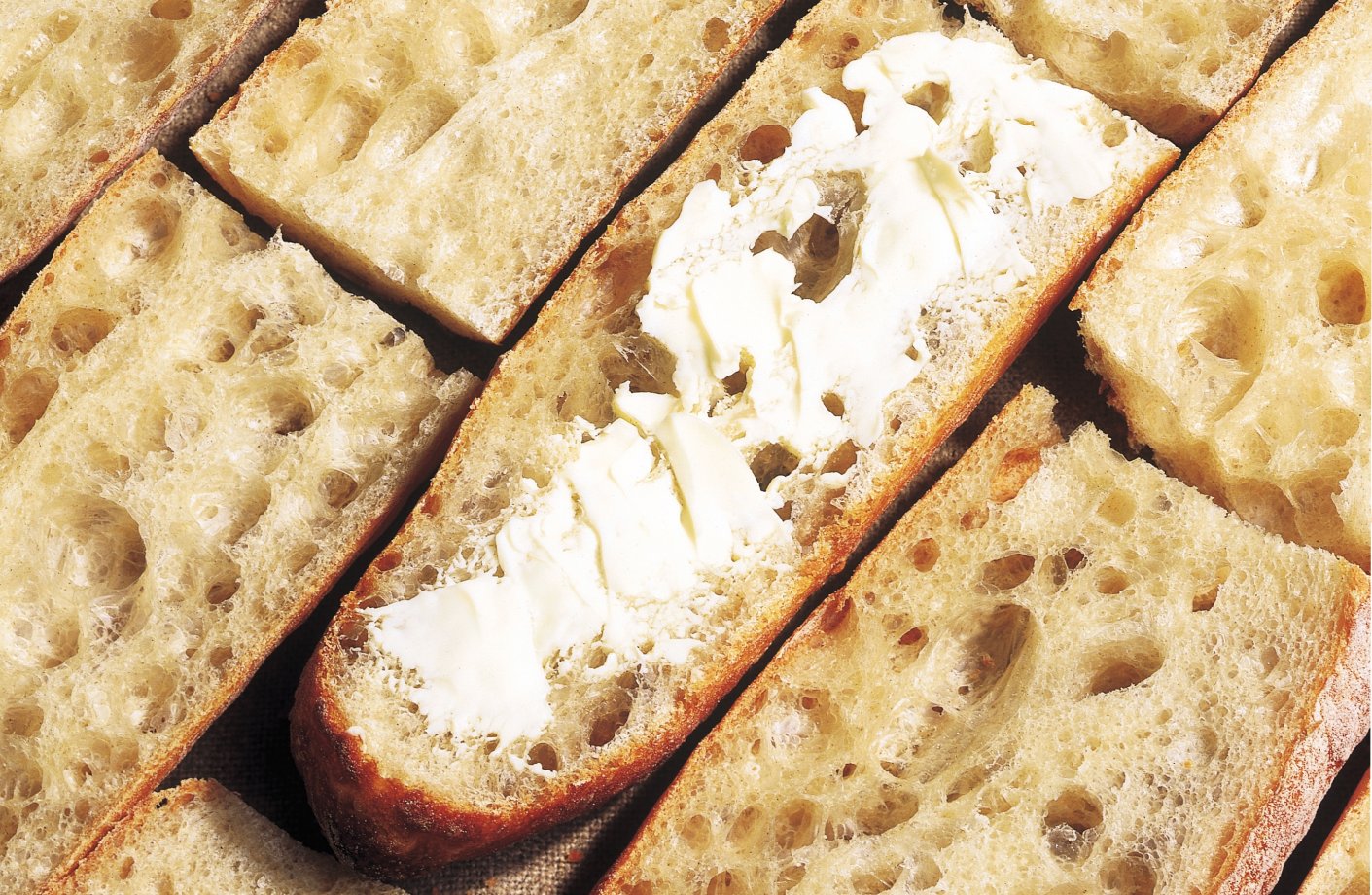A major source of energy
Grains form the cornerstone of the diet for most people in the world. Because flour is used in so many products, it is more difficult to estimate the contribution it makes. However the table below provides an indication based on production figures; and applies figures for general wastage in food both in the home and during manufacturing.
It can been seen that flour is a major source of dietary energy, fibre and micronutrient intake. The different types of flour have slightly different compositions:
| White Breadmaking flour | White plain flour | Brown Flour | Wholemeal Flour | |
| Water (g/100g) | 14 | 14 | 14 | 14 |
| Protein (g/100g) | 11.5 | 9.4 | 12.6 | 12.7 |
| Fat (g/100g) | 1.4 | 1.3 | 2.0 | 2.2 |
| Carbohydrate (g/100g) | 75.3 | 77.7 | 68.5 | 63.9 |
| Energy Value (kcal/100g) | 341 | 341 | 324 | 310 |
| Total Sugars (g/100g) | 1.4 | 1.5 | 1.7 | 2.1 |
| Fibre (non-starch polysaccharides, g/100g) | 3.1 | 3.1 | 6.4 | 9.0 |
| Sodium (mg/100g) | 3 (0.003%) | 3 (0.003%) | 4 (0.004%) | 3 (0.003%) |
| Potassium (mg/100g) | 130 | 150 | 250 | 340 |
| Calcium (mg/100g) | 140 | 140 | 130 | 38 |
| Iron (mg/100g) | 2.1 | 2.0 | 3.2 | 3.9 |
| Zinc (mg/100g) | 0.9 | 0.6 | 1.9 | 2.9 |
| Selenium (mcg/100g) | 3 | 2 | 4 | 6 |
| Vitamin E (mg/100g) | 0.3 | 0.3 | 0.6 | 1.4 |
| Thiamin (mg/100g) | 0.32 | 0.31 | 0.39 | 0.47 |
| Riboflavin (mg/100g) | 0.03 | 0.03 | 0.07 | 0.09 |
| Niacin (mg/100g) | 2.0 | 1.7 | 4.0 | 5.7 |
(Source: McCance and Widdowson’s, The Composition of Foods, 6th summary edition)

